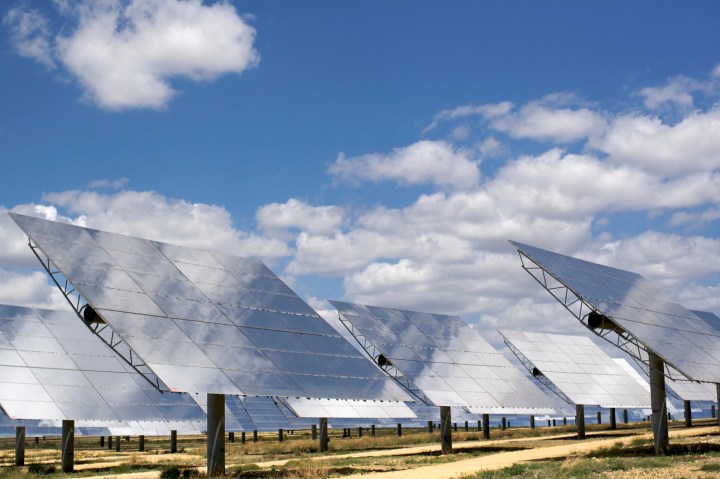
In the next quarter-century, coal and gas prices will remain low, but not low enough to prevent a shift in the electricity system from fossil fuels to renewable sources of energy. The cost of renewables is projected to fall by 41 percent in that period, while increasing in output to generate 70 percent of Europe’s power and 44 percent of the power in the United States.
On the automotive front, around 41 million electric cars are projected to hit the road by 2040, accounting for 35 percent of new light-duty vehicles worldwide.
Related: Chile is giving away its surplus solar energy for free
New energy methods will receive around $11.4 trillion in investment by 2040, 60 percent of which will go toward wind and solar power. But it won’t take 25 years to witness the shift in the energy system – wind and solar may be cheaper to run than coal and gas generators as early as 2027, the report claims.
“One conclusion that may surprise is that our forecast shows no golden age for gas, except in North America. As a global generation source, gas will be overtaken by renewables in 2027. It will be 2037 before renewables overtake coal,” Elena Giannakopoulou, senior energy economist on the NEO 2016 project, said in a press release.
Unfortunately though, this shift may be too little too late to overturn carbon emission’s effects of climate, in the view of the researchers.
“Some $7.8 trillion will be invested globally in renewables between 2016 and 2040, two thirds of the investment in all power-generating capacity, but it would require trillions more to bring world emissions onto a track compatible with the United Nations 2°C climate target,” said Seb Henbest, the report’s lead author.
The good news is that China will see its emissions peak around 2025 and decrease as its economy slows. The bad news is that India and other emerging Asian markets will continue to expand into 2040, when their carbon emissions will be around 5 percent more than 2015 levels. An additional $5.3 trillion would need to be invested into zero-carbon power in order to meet the standards proposed by the Paris Climate Agreement.


